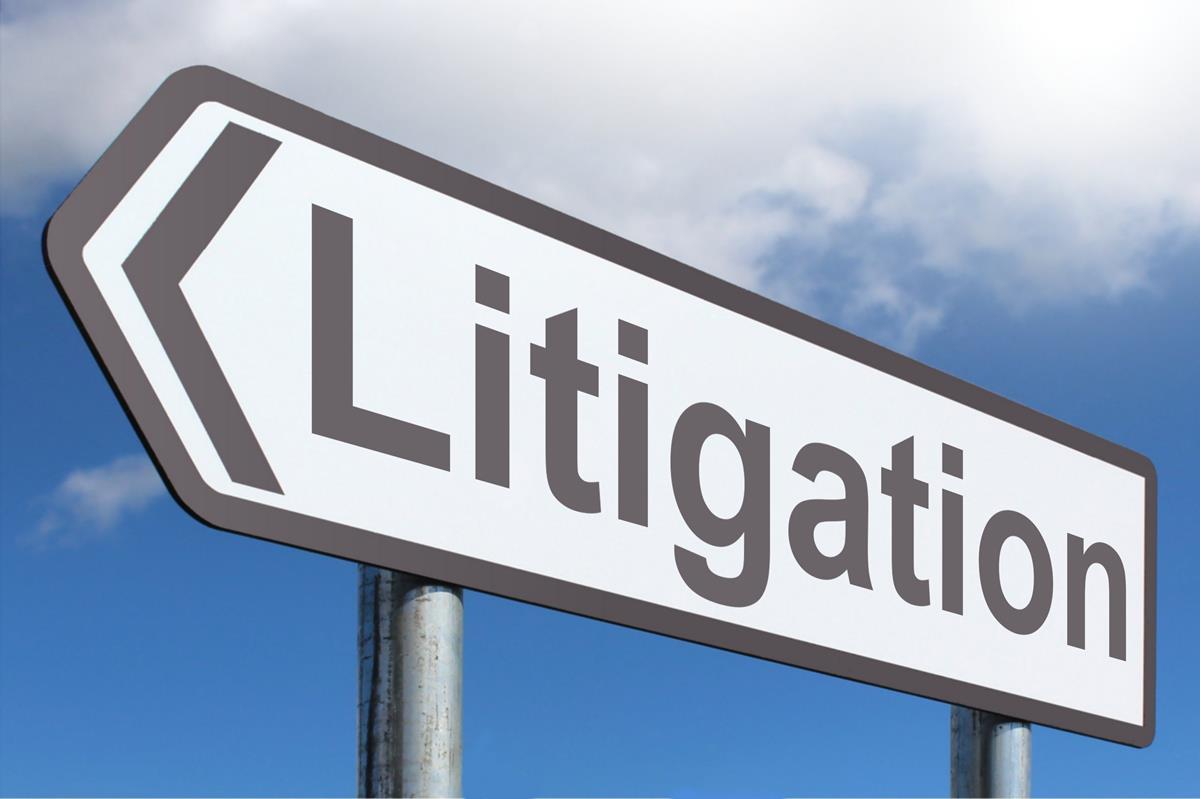Patent Drawings for Patent Litigation: Contrary to what a lot of laypeople think, a patent doesn’t grant you the right to make something.
A patent grants you the right to sue someone who’s making your invention without your permission.
Therefore, a patent is only as valuable as your willingness to litigate to protect your patent rights. Unfortunately, there are way too many companies out there stealing other companies’ intellectual property, figuring the patent owner either won’t notice, or won’t be willing to invest the resources it takes to litigate.
In the United States alone in 2017 there were over 4,000 patent lawsuits filed, which is down from historic highs, but it’s still a lot of litigation. The rewards to patent owners for making the effort to protect their patents, however, are going up: median damage awards in the US in 2017 were $10 million, up from $6 million in 2016.
How Patent Drawings are related to Patent Litigation?
Patent drawings, and patent drawing based litigation exhibits, are an indispensable tool in putting together a winning court case.
Of course, it’s preferable to avoid litigation in the first place. Patent litigation is very expensive – typically a minimum of $1 million, often more. Solid patent drawings can help you put together a presentation to an infringer that shows them why their product is infringing your patent and can encourage them to take a license from you on reasonable terms, avoiding the need for litigation altogether.
Sometimes, however, litigation is unavoidable. In those circumstances your patent drawings are very important in helping to explain your invention to the judge and jury (the vast majority of patent cases that go to trial go to a jury trial). It’s very important that your drawings clearly show your patented features so that a jury of non-technical people can understand your patent.
In litigation, you’re not limited to the drawings in your patent. You can create additional visual aids that can highlight why, on the one hand, the defendant’s product is infringing your patent, or why, on the other hand, your patent is something novel, different from the “prior art.”
Almost all patent illustrators today use CAD (Computer-Aided Design) tools to create patent drawings. This means that if there is litigation, your illustrator should have files with the drawings ready for use to be adapted for exhibits in litigation.
Get error-free patent drawings in 4-6 days. Free Unlimited Revisions. Price starts at $30.
Different ways patent drawings can be used in patent litigation
- Highlighting different sections of the original patent drawings with colors to show similarities to infringing products, or differences from prior art.
- Blowups of sections of the drawings can zoom in on relevant details.
- 3D animations that show how the patent works.
- Timelines can be helpful in showing the chronological relationship between prior art, the development of your patent, and the development of infringing products.
- Graphs and charts can give emphasis to your most important points and can show things such as sales revenue from infringing products over time.
- PowerPoint presentations with strong graphics are more memorable than such presentations with text alone.
When considering the use of drawings and other graphics in patent litigation it’s important to keep the audience in mind. The original patent drawings were created with primarily one audience in mind: the patent examiner. Patent examiners by definition have a technical background. You can assume they will understand certain things.
Why patent drawings are important?
In patent litigation, whether your case is being heard by a judge or by a jury, the audience is NOT likely to have any technical understanding of your product or the underlying technology. You may need additional drawings for a non-technical audience to help them understand the underlying technology and the patentable invention.
We’ve written before about how important patent drawings are to the process of getting a patent. But that’s not the end of the story: patent drawings, and graphics and exhibits based on those drawings, can be important during the lifetime of the patent to support any needed litigation to protect your intellectual property rights. A patent only has value if you’re willing and able to defend it in court.

